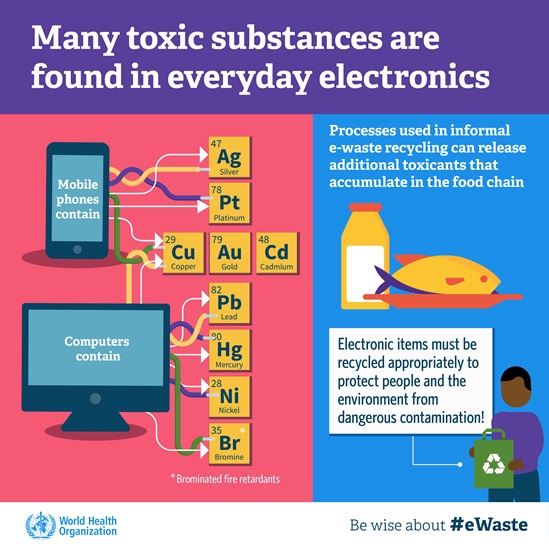Children’s environmental health
Overview
Reducing environmental risks could prevent 1 in 4 child deaths. In 2016, almost 1.6 million deaths in children under five were attributable to the environment. These included 511 000 deaths from respiratory infections, 297 000 deaths from diarrhoea, 244 000 deaths from neonatal conditions, 229 000 deaths from malaria and 177 000 deaths from unintentional injuries.
Environmental risks have an impact on the health and development of children, from conception through childhood and adolescence and also into adulthood. The environment determines a child’s future: early life exposures impact on adult health as fetal programming and early growth may be altered by environmental risk factors.
Adverse environmental conditions and pollution are a major contributor to childhood deaths, illnesses and disability, particularly in developing countries.
Children are particularly vulnerable to certain environmental risks, including: air pollution; inadequate water, sanitation and hygiene; hazardous chemicals and waste, radiation; climate change; as well as emerging threats like e-waste.
News
All ➔Publications
All →
Children and digital dumpsites: e-waste exposure and child health - Summary for policy makers
This summary for policy-makers outlines the four chapters of the report Children and digital dumpsites: e-waste exposure and child health. It highlights...
Children and e-waste: key messages
E-waste is the world’s fastest growing waste stream, increasing three times faster than the world’s population.
Infographics
All →




